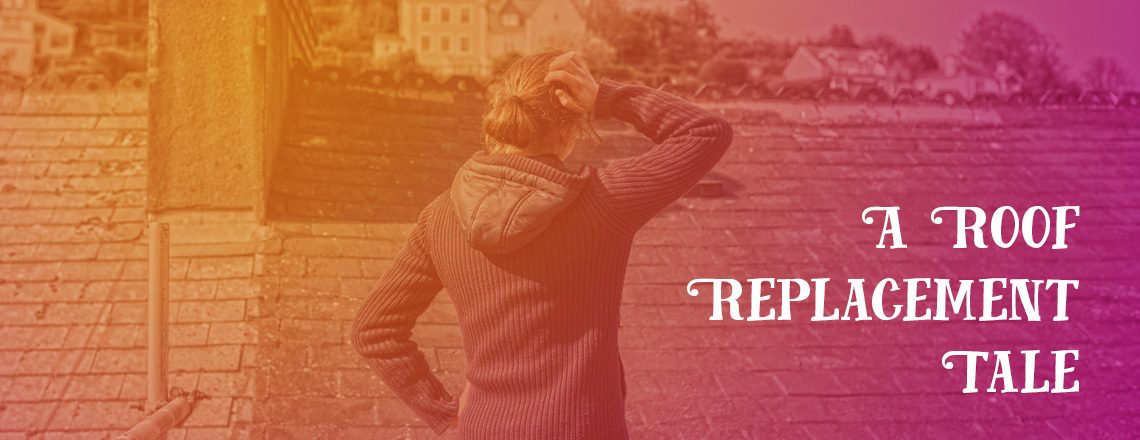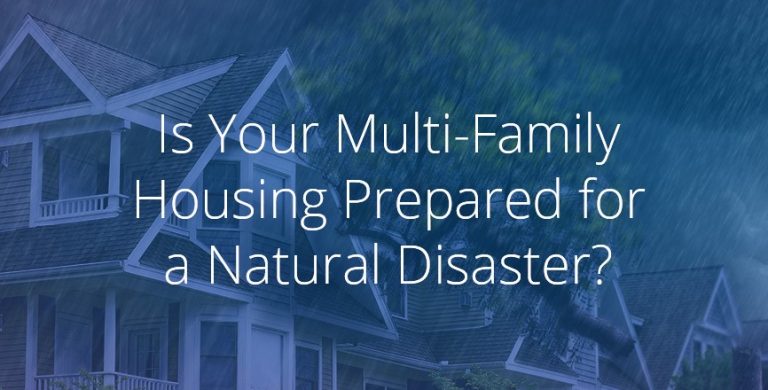Our roofing company, Roofing Annex, serves a sizable territory that spans from Cincinnati to Dayton. With clients coming from all walks of life, the roofs we replace range from small to colossal. Our company specializes in storm damage repair, which means our clients tend to fit into a certain mold. Thus, a common roof replacement tale has emerged.
If you’re reading this blog, there’s a strong chance that you are either facing the need for immediate roof repair or you’re seeing signs that indicate repairs will be needed in the near future. In other words, you’ll likely know this story or be living it. Either way, don’t be off-put by generalizations or assortations. The goal of this tale is to help those homeowners who feel lost.
Chapter 1 – Confusion Sets In
As our tale gets underway, we look at two main groups of homeowners. The first is comprised of those who are actively seeking roof replacement, either because their current roof is aged and worn, or due to some glaringly obvious problem that needs to be addressed. Helping this group may seem straight forward, but there’s about a 75% chance this is the first time these folks have had to tackle a roofing project. For those who have dealt with these kinds of repairs before, it’s likely been a while and times have changed – even if it seems like products have not (hint: they have). There is a good chance this type of homeowner is still unsure of how badly they need a new roof. They may have little idea about the cost and they may be overwhelmed by not knowing who to call first.
The lucky few who have been referred to a solid roofer can often get the ball rolling but others need to hunt. The BBB, Angie’s List, Yelp, Google, etc. are great for offering options but the sheer volume of results will leave you picking your roofing specialist at near-random.
There’s more confusion to come for our first group but let’s switch gears and address our primary focal group, the Unsuspecting Homeowners. This is the hardest group to talk to because…well, to be honest, this set of homeowners is actively neglecting their roofing. They may give the bulk of their attention to their interiors, followed by landscaping efforts, and then once every so often, other exterior features get noticed. Typically paint, siding, garage doors, windows, decks, and pretty much everything else comes before the roof and honestly – it’s easy to see why!
For one, the roof is simply out of sight. We see it but how often is it actually in our focal point? We can easily take the structure of our roof for granted. When we do take notice, a quick dismissal may be given because the parts we can see look fine. No visible shingles missing and no apparent water stains inside equates to “all is well”. But is it?
Our Unsuspecting Homeowners might not have the health of their roof at the forefront of their minds, but it’s also possible they just have no idea anything could be wrong with it.
Let’s look at a few common problems that can creep up as our roofs age:
- Shingle Death Age – Shingles have different life expectancies mostly based on the materials used, the weight/thickness of the shingle, and the manufacturer’s engineering. You may have no idea how long your shingles are expected to last, plus there are other variables to change this timing even if you did. How much longer is your roof expected to last?
- Roofing System Death – Shingles are just one component in your roofing system’s many parts. Whereas UV rays are the ultimate agent in the demise of asphalt shingles, the under layers can also be affected by the sun, weather, attic breathing/suffocation, ice dams, critters, mold, fungi, and more. Determining the health and possible true death timing of an entire roofing system takes an expert evaluation.
- Faulty Products – There have been many shingles and accompanying roofing system products that have been total failures. Class action lawsuits and settlements come and go too quickly for most homeowners to know they occurred. The average Joe has little idea of the brand let alone the series of shingles on their roof. The main point here is that your shingles may very well only last a fraction of the time they were meant to. The common problem of massive granule bond failure happening suddenly at a random point is a big issue. Other shingles become extremely brittle and subject to snapping off before they’ve seen their 20th autumn completed.
- Storm Damage – Wind and hail don’t always leave traces of damage that are easily seen or understood. Most people would assume that those little pockmarks are just minor blemishes. That’s not always true and a lot of it has to do with the age of the roof.
- Improper Installation – Roofing companies get to see a lot of cheap mistakes made by weekend warriors and low-grade “roofers”. Missing roofing system components, poor ventilation, and improper fastening are common but there’s one outrageous flub that pops up more than you’d think…we call it Lazy Layering. Lazy Layering is where new shingles are purchased and nailed down on top of the existing ones. Every so often there are as many as 3 layers! This means that the system’s sub layers can be antiques.
When does the confusion set in for our Unsuspecting Homeowners?
- At the first sign of water damage
- When you see that eaves are rotting a little
- When an attic smells like an old musty cellar
- When they see pieces of shingles on the ground
- When their interior ceiling looks like it has streaking stains
- When there is sand that matches the roof color in the gutters
- After a storm ruins half of the roofs on the block but not theirs
- After a few neighbors get their roofing replaced in one summer
- When a canvasser is at your door asking if you’d like to receive a free inspection
- When a lot of mail comes from local roofers
If you’ve ever noticed one or more of the above, you probably paused and thought about your own roof for a moment. You were likely confused or a bit overwhelmed about what to do, who to call, who to trust, or if any of it meant anything at all. The typical homeowner will bury their head in the sands of ignorance and go on with their life until something gets worse.
The Unsuspecting Homeowners will again be confused when their issues worsen or they get more mail about perceived threats. The average homeowner won’t seek help until it’s too late and they’ve suffered more property loss that could have been prevented with a little due diligence. Some homeowners do heed warnings and act at the first sign of a problem and that’s the gist here. Either way, both subsets will now need to place their fate in the hands of a roofer.
Chapter 2 – Confusion Turns to Action
Our two groups now converge as calls are made to roofing companies. Most companies provide a free roof inspection, even in the case of a replacement job, in order to get a lay of the land. Most homeowners will start with two companies and two quotes and get more as needed. No two companies will paint the same picture of the problems, solutions, or pricing. Homeowners will ultimately choose the option they can afford but trust factor, estimate precision/detail, and the warranty offered will have pull for most.
Storm damage and insurance claims can compound homeowners’ confusion but a good roofer will clear that up by being well-versed in the process. A solid roofing company will also provide as much education and assistance as needed to make the repair or replacement project transparent.
Once a roofer is selected and payment concerns are worked out it’s off to the races! It’s time to sit back and relax, but keep one eye open.
Chapter 3 – The Roof Repair Takes Place
Perhaps there was a hiccup or two long the way but the project is done. Now the cycle can repeat itself as years pass (10 to 20 of them) and the roof will be tip top. This is the time that breeds neglect after all.
Chapter 4 – The Moral of our Roof Replacement Tale
GET A ROOF INSPECTION REGUARLY! Location is key here. Those in San Diego can go much longer without a roof inspection compared to Cincinnatians. Southern Ohio sees far more wind storms, large hail, snow accumulation, and humidity – all of which can factor in to an early roof demise. Start getting a bi-annual inspection when your roof is about 12 years old. Once your average high-definition shingle is 20 years old it’s time to switch to yearly examinations. You can even set it up with your roofer to automatically come out!
The End
Or is it? Be proactive and break the cycle of roof neglect. It’s easy and cost-free to be in the know. Good homeowners stay mindful to avoid larger bills down the road.
Call the experts at Roofing Annex today to schedule a property inspection – 513.685.9092


